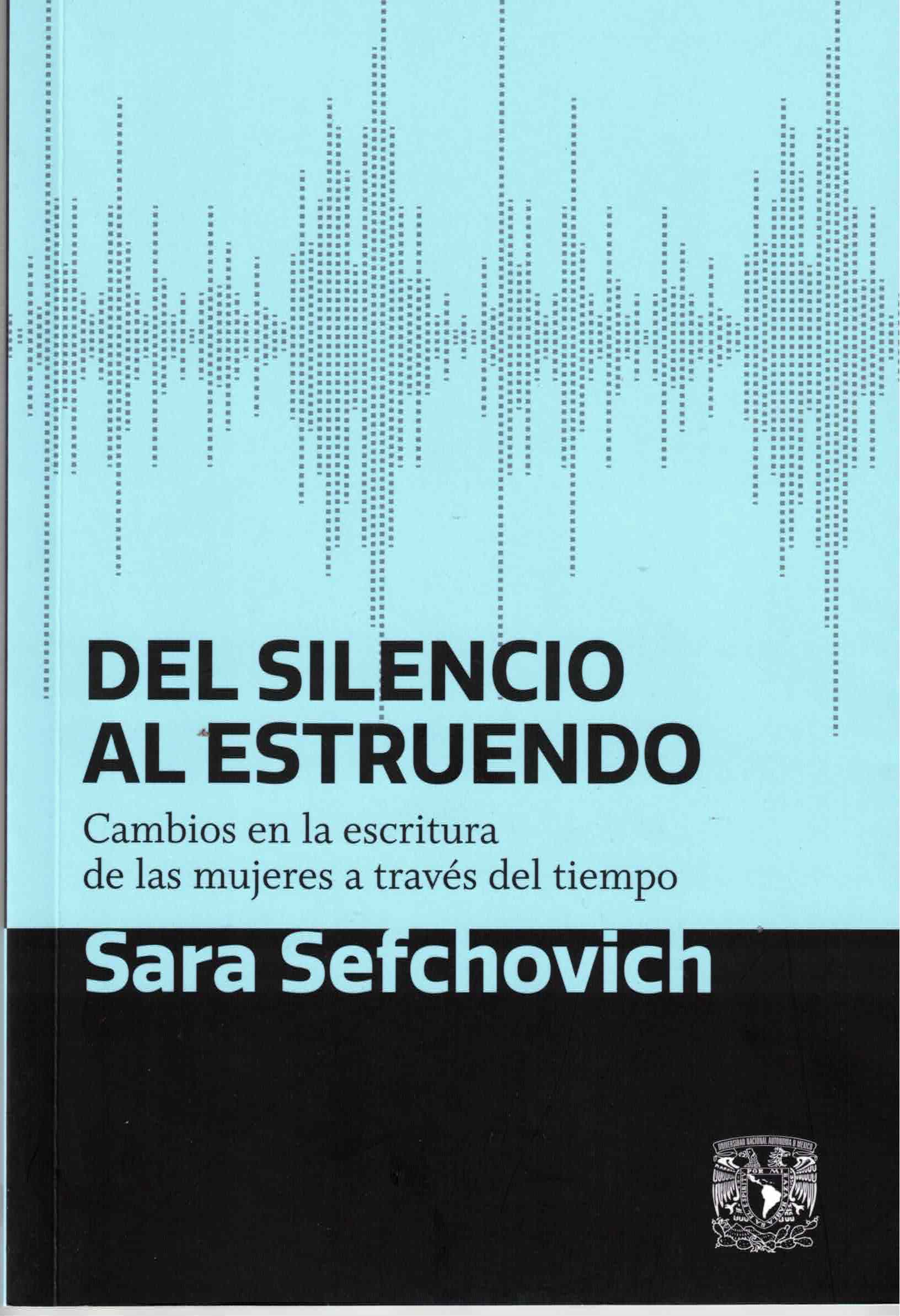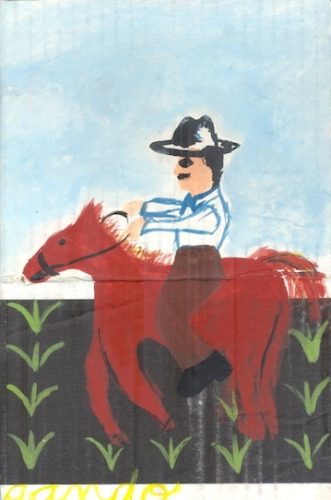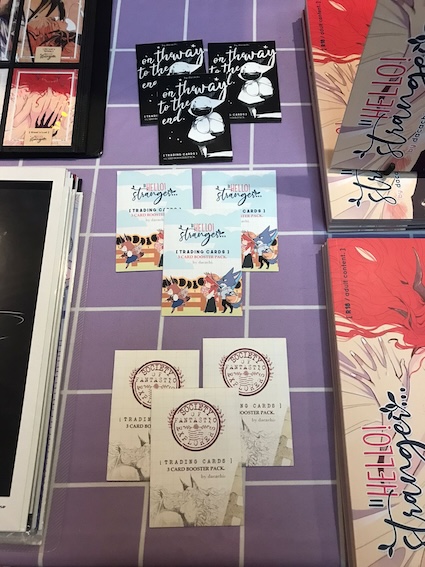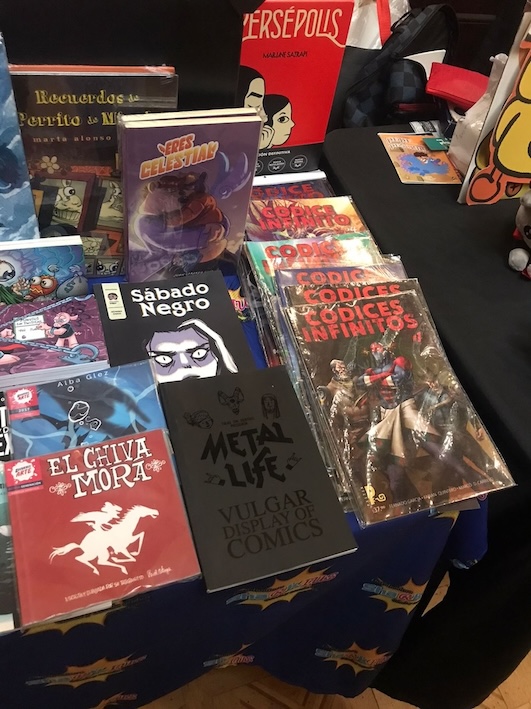Throughout the history of humanity, women and the fact of being women have been overlooked—until very recently. It’s important to make this distinction because those who haven’t thought about it should: education—both at home and in school—is almost entirely conceived from the male perspective. Women have had to understand the world through the lens of men. This perspective isn’t necessarily wrong, but it is biased. The world, as seen by women, is different and shouldn’t be expected to be the same because the experience of being a man and being a woman is different.
The way of understanding the world, history, and culture has been through men. It wasn’t until the late 1800s that emphasis began to be placed on the fact that women existed beyond their domestic roles, that they could think like anyone else and had rights, including the right to express their thoughts. Before this, it was known that women wrote, but entering that field and being taken seriously was not easy. Many women had to sign their works with pseudonyms or initials to get them published. Virginia Woolf, in “A Room of One’s Own,” acknowledges the class privilege she had that allowed her to write, coming from a wealthy family. She analyzes the paths Jane Austen and Emily Brontë had to tread and yet, throughout the book, she experiences moments of being ignored and underestimated for being a woman in a man’s world.
It is from this foundation that Sara Sefchovich draws to write “Del silencio al estruendo.” The author seeks, with this essay, to discover what women write about, from where they write, and to understand if there is a difference between female and male literature, and if so, where that difference lies. She undertakes the task of first establishing that there was a time when women could access the education that allowed them to read and write, and that there was a second period of peace in society when culture and the arts could flourish, and it was then that they wrote. Sefchovich seeks to understand the fabric of women writers and their works, observing the panorama throughout history, different cultures, and how it has changed over time, hoping to find a pattern or trend that explains what, how, and why women write.
One cannot write about the unknown. When women began to write, they did so about what surrounded them, and for many of them, the axis of their lives was their family and marriage, so they started there. This worked against them, of course, leading to the notion that women could only write romantic novels. Time had to pass for women’s writing to enter the realms of realism, naturalism, modernism, and genres like poetry, theater, and essays. The style and theme of each writer are individual and determined by their environment, ideology, values, social circumstances, and countless factors that give them a unique character. While this rule also applies to men, their social conditions remain different because the education provided to women and men continues to be distinct.
This book seeks to answer the major questions and inquiries that have been made about literature written by women, considering the context, history, and circumstances in which it has been created. This essay is a watershed between the past and the future, as it analyzes the parameters with which literature has been measured in general and sets the guidelines for how women’s literary work might be read and considered in the future.
Inkitt: BbyKevs
Wattpad: @SugoiKevs
TikTok: @bbykevs







